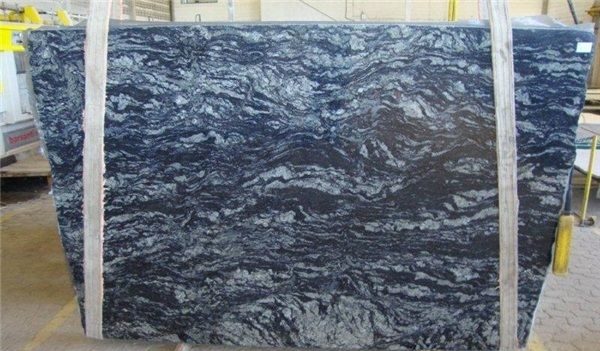When working with granite stone, achieving precision in cutting and shaping is essential for both functional and aesthetic success. Granite is a dense and durable natural stone, known for its hardness, which makes it ideal for construction and design but also challenging to manipulate. The first essential tip for perfect cutting is to invest in the right tools. Diamond-tipped blades and core bits are crucial for making clean and accurate cuts. These tools are specifically engineered to handle the toughness of granite and reduce the risk of chipping or cracking. Wet cutting is generally recommended, as it not only prolongs the life of the blade but also minimizes dust, which can be hazardous when inhaled and may also interfere with visibility during cutting. Proper measurement and marking are foundational steps in granite fabrication. Always double-check dimensions and use a grease pencil or chalk to mark the granite clearly. Templates made of cardboard or plywood can help ensure that complex shapes are transferred accurately to the stone.

Before making any cuts, securely clamp the granite to a stable work surface to prevent movement that could lead to uneven edges or breakage. Patience and precision during this phase can save time and material down the line. In terms of shaping, using a variable-speed angle grinder fitted with a diamond polishing pad or profiling wheel allows for gradual and controlled contouring. Avoid rushing this process; shaping granite requires a slow and steady approach to avoid damaging the stone. For more refined finishes or decorative edges, specialized router bits designed for granite can create bevels, ogees, and bullnose profiles. It is essential to move the tool evenly and steadily to maintain consistency along the edge. Another important aspect is cooling and lubrication. Whether cutting or shaping, applying water not only reduces heat and extends tool life but also helps maintain the integrity of the stone and pop over to this website. Overheating can cause micro-cracks that might not be immediately visible but can compromise the granite’s strength over time.
Additionally, frequent inspection during the process helps catch any irregularities early, allowing for adjustments before mistakes become irreversible. Finally, after the granite has been cut and shaped, a thorough cleaning and polishing stage enhances the appearance and smoothness of the surface. Starting with a lower-grit polishing pad and gradually working up to higher grits brings out the natural sheen of the granite and removes any surface blemishes from the cutting and shaping phases. Applying a granite sealer is recommended as a final step to protect the stone from moisture and stains, especially in kitchen or bathroom applications. Perfect results in granite projects come from a blend of proper preparation, the right equipment, and a patient, detail-oriented approach. With practice and respect for the material’s unique properties, you can achieve highly professional results that showcase the natural beauty and strength of granite.
